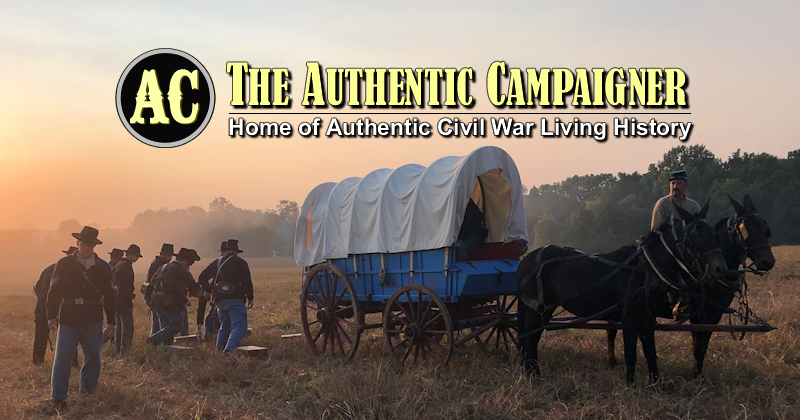Hi,
I was wondering if someone could tell me the difference between a shebang and a tent fly? Both are large pieces if fabric that are erected in some fashion to act as a shelter. I am gathering the components to make a CS tent fly of about 8' x 10' and I am just curious about the differences.
Thanks,
Kevin Coyle
4th Texas Recruit
I was wondering if someone could tell me the difference between a shebang and a tent fly? Both are large pieces if fabric that are erected in some fashion to act as a shelter. I am gathering the components to make a CS tent fly of about 8' x 10' and I am just curious about the differences.
Thanks,
Kevin Coyle
4th Texas Recruit






Comment